DNA Analysis Of Paracas Elongated Skulls Released. The Results Prove They Were Not Human
February 6, 2014
Paracas is a desert peninsula located within the Pisco Province in the Ica Region, on the south coast of Peru. It is here were Peruvian archaeologist, Julio Tello, made an amazing discovery in 1928, a massive and elaborate graveyard containing tombs filled with the remains of individuals with the largest elongated skulls found anywhere in the world.
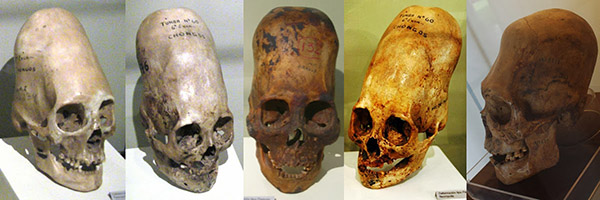
These have come to be known as the 'Paracas skulls'. In total, Tello found more than 300 of these elongated skulls, which are believed to date back around 3,000 years.
A DNA analysis has now been conducted on one of the skulls and expert Brien Foerster has released preliminary information regarding these enigmatic skulls. It is well-known that most cases of skull elongation are the result of cranial deformation, head flattening, or head binding, in which the skull is intentionally deformed by applying force over a long period of time.
It is usually achieved by binding the head between two pieces of wood, or binding in cloth. However, while cranial deformation changes the shape of the skull, it does not alter its volume, weight, or other features that are characteristic of a regular human skull. The Paracas skulls, however, are different.
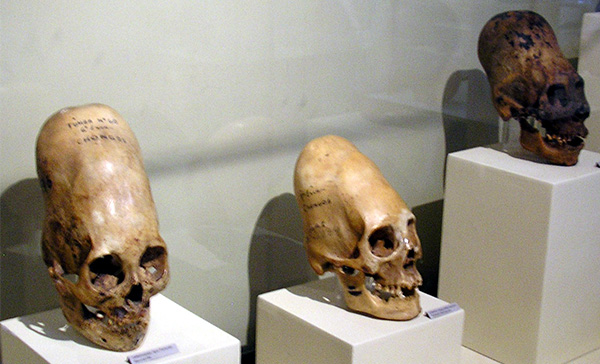
Wikipedia Commons
The cranial volume is up to 25 percent larger and 60 percent heavier than conventional human skulls, meaning they could not have been intentionally deformed through head binding/flattening.
They also contain only one parietal plate, rather than two. The fact that the skulls' features are not the result of cranial deformation means that the cause of the elongation is a mystery, and has been for decades.
Mr. Juan Navarro, owner and director of the local museum, called the Paracas History Museum, which houses a collection of 35 of the Paracas skulls, allowed the taking of samples from 5 of the skulls.
The samples consisted of hair, including roots, a tooth, skull bone and skin, and this process was carefully documented via photos and video. The samples were sent to the late Lloyd Pye, founder of the Starchild Project, who delivered the samples to a geneticist in Texas for DNA testing.
The results are now back, and Brien Foerster, author of more than ten books and an authority on the ancient elongated headed people of South America, has just revealed the preliminary results of the analysis. He reports on the geneticist's findings:
"It had mtDNA (mitochondrial DNA) with mutations unknown in any human, primate, or animal known so far. But a few fragments I was able to sequence from this sample indicate that if these mutations will hold we are dealing with a new human-like creature, very distant from Homo sapiens, Neanderthals and Denisovans."
The implications are huge. "I am not sure it will even fit into the known evolutionary tree," Foerster wrote. He added that if the Paracas individuals were so biologically different, they would not have been able to interbreed with humans.
The results need to be replicated and more analysis undertaken before final conclusions can be drawn.
Source: ADG (UK) via Paracas History Museum / Brian Foerster Interview
Click Here For The Most Popular On Sunny Skyz
 Twin Telepathy? Identical Sisters Speak In Perfect Sync During Live News Interview
Twin Telepathy? Identical Sisters Speak In Perfect Sync During Live News Interview
 Helicopter Footage Captures Home Miraculously Saved From Tennessee Flood
Helicopter Footage Captures Home Miraculously Saved From Tennessee Flood
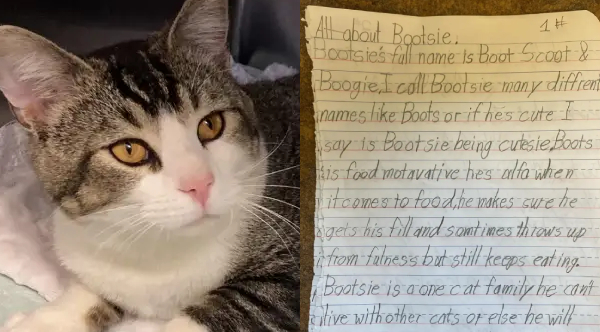 Heartbroken Child Writes 7-Page Letter After Giving Up Her Beloved Cat
Heartbroken Child Writes 7-Page Letter After Giving Up Her Beloved Cat
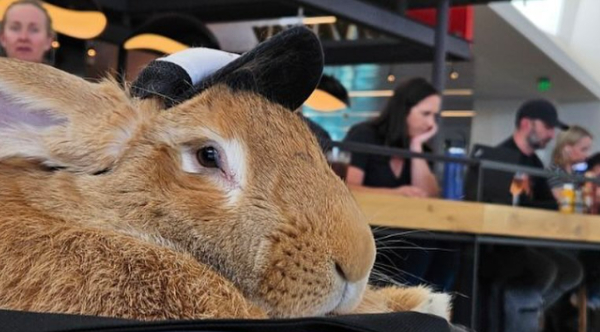 This 28-Pound Rabbit Wears Hats, Drives A Tiny Car, And Comforts Strangers
This 28-Pound Rabbit Wears Hats, Drives A Tiny Car, And Comforts Strangers
 4-Year-Old Piano Prodigy Wins 1st Place At World Competition With Beethoven Performance
4-Year-Old Piano Prodigy Wins 1st Place At World Competition With Beethoven Performance
 Twin Telepathy? Identical Sisters Speak In Perfect Sync During Live News Interview
Twin Telepathy? Identical Sisters Speak In Perfect Sync During Live News Interview
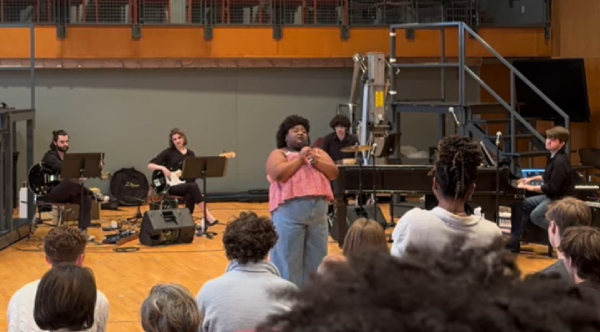 Absolute Chills: This Woman Singing ‘Creep’ Is Bringing Viewers To Tears
Absolute Chills: This Woman Singing ‘Creep’ Is Bringing Viewers To Tears
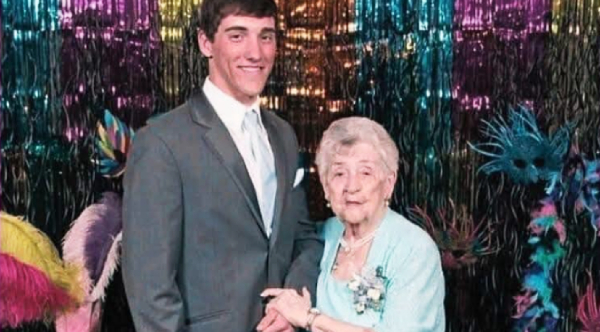 Teen Takes Great-Grandma To Prom After She Reveals She Never Got To Go
Teen Takes Great-Grandma To Prom After She Reveals She Never Got To Go
 Supermarket Worker Leaves Everyone In Tears, Wins Golden Buzzer On BGT
Supermarket Worker Leaves Everyone In Tears, Wins Golden Buzzer On BGT
